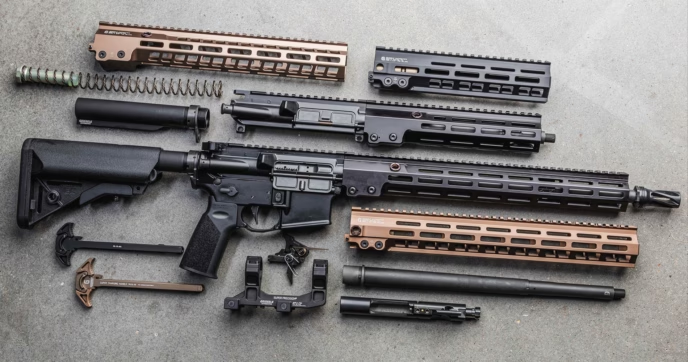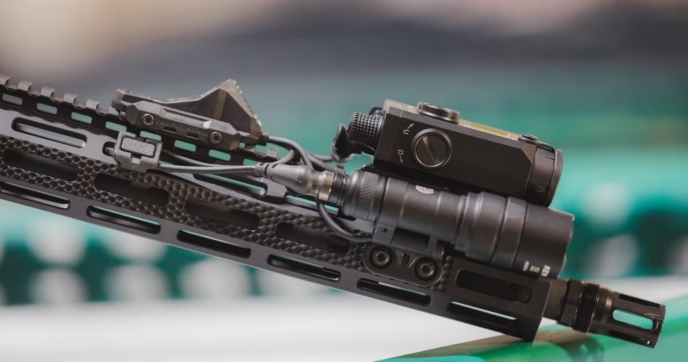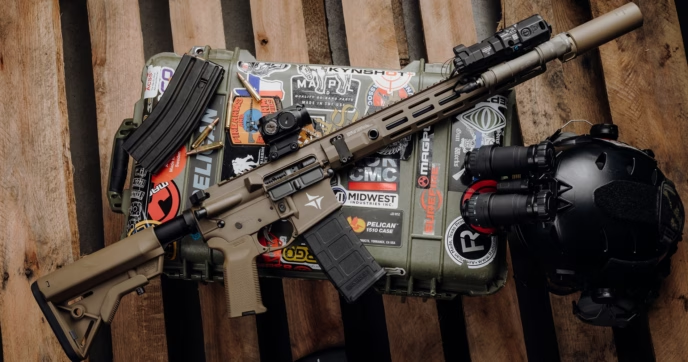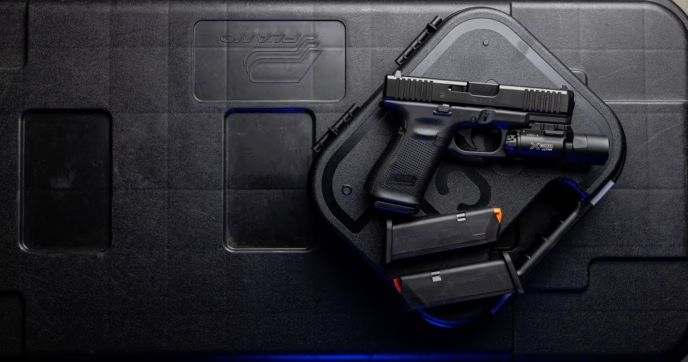Those of us who daily carry a firearm for our protection do so not because we expect to need it today, but because the world is a surprising and uncertain place. The vast majority of the time, a concealed carry firearm will go from the safe into a holster and back again without ever seeing daylight.
Nevertheless, we carry anyway, because should that one rare day come when you do need it, you had better have it, or, as the saying goes, you might never need anything again.
Carrying a spare magazine is a simple extension of the philosophy. Statistics will show you that the vast majority of self-defense incidences did not require a reload or a spare mag. Statistics will also show that on most days, you didn’t need to carry your CCW.
Though the odds are long that you will ever need to use your concealed carry firearm, and longer still that you will need a spare magazine to reload or clear a malfunction, it is nevertheless a cheap and easily carried assurance that whatever unexpected trial life may through at you, however unlikely, you will be properly equipped to meet it.
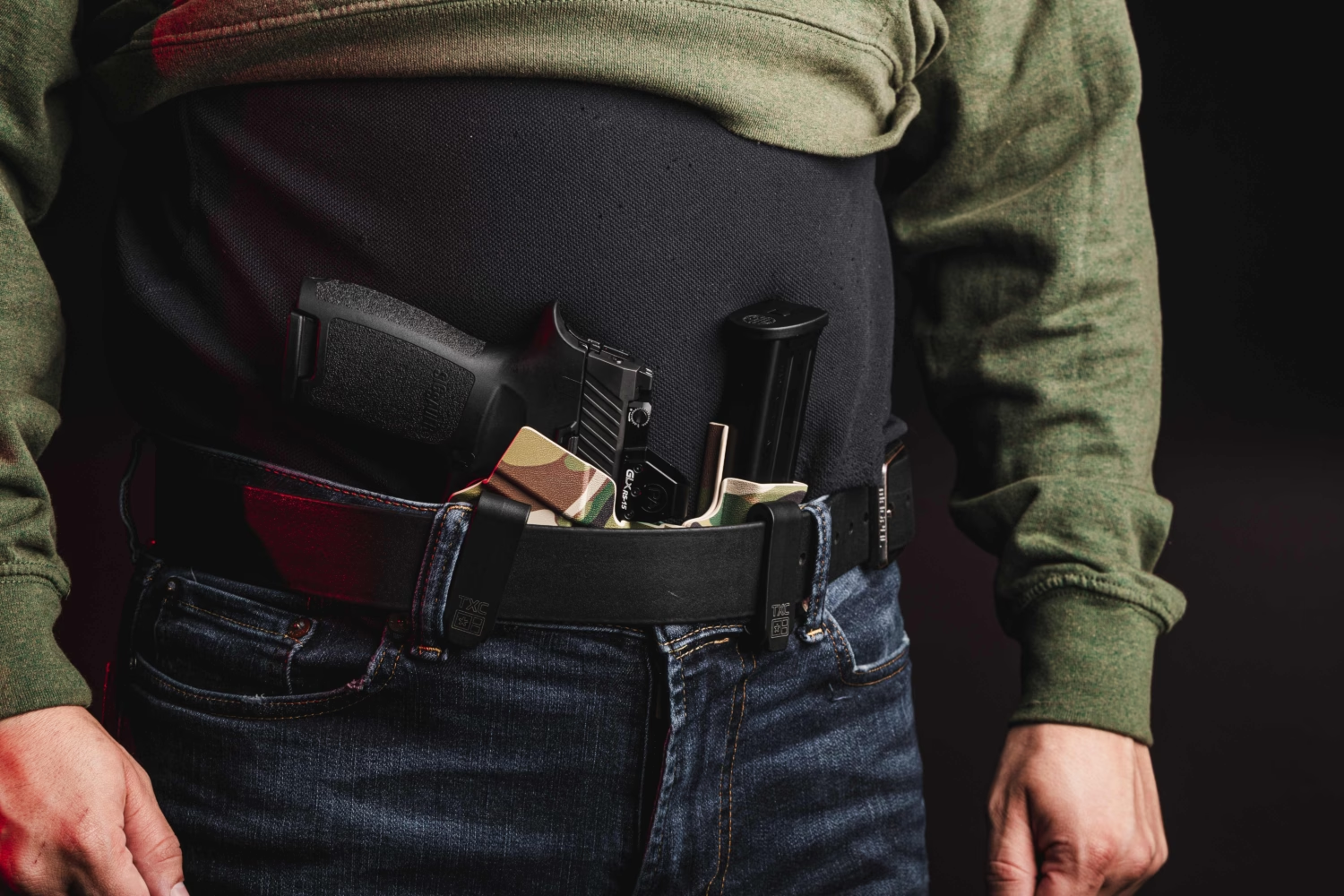
What Is Concealed Carry?
For the unfamiliar, concealed carry refers to the practice of surreptitiously carrying a firearm beneath or within one’s clothing for the purpose of lawful self-defense. It’s a relatively common practice in the United States, with suitable handguns often considered to be everyday carry essentials, but fairly rare in most other countries.
It is worth noting that many states require a license or permit to carry a concealed firearm, and may restrict the types of firearms that can be carried or the places in which they may be carried. These restrictions can extended to magazines most commonly regulating capacity, so be sure to verify your local laws.
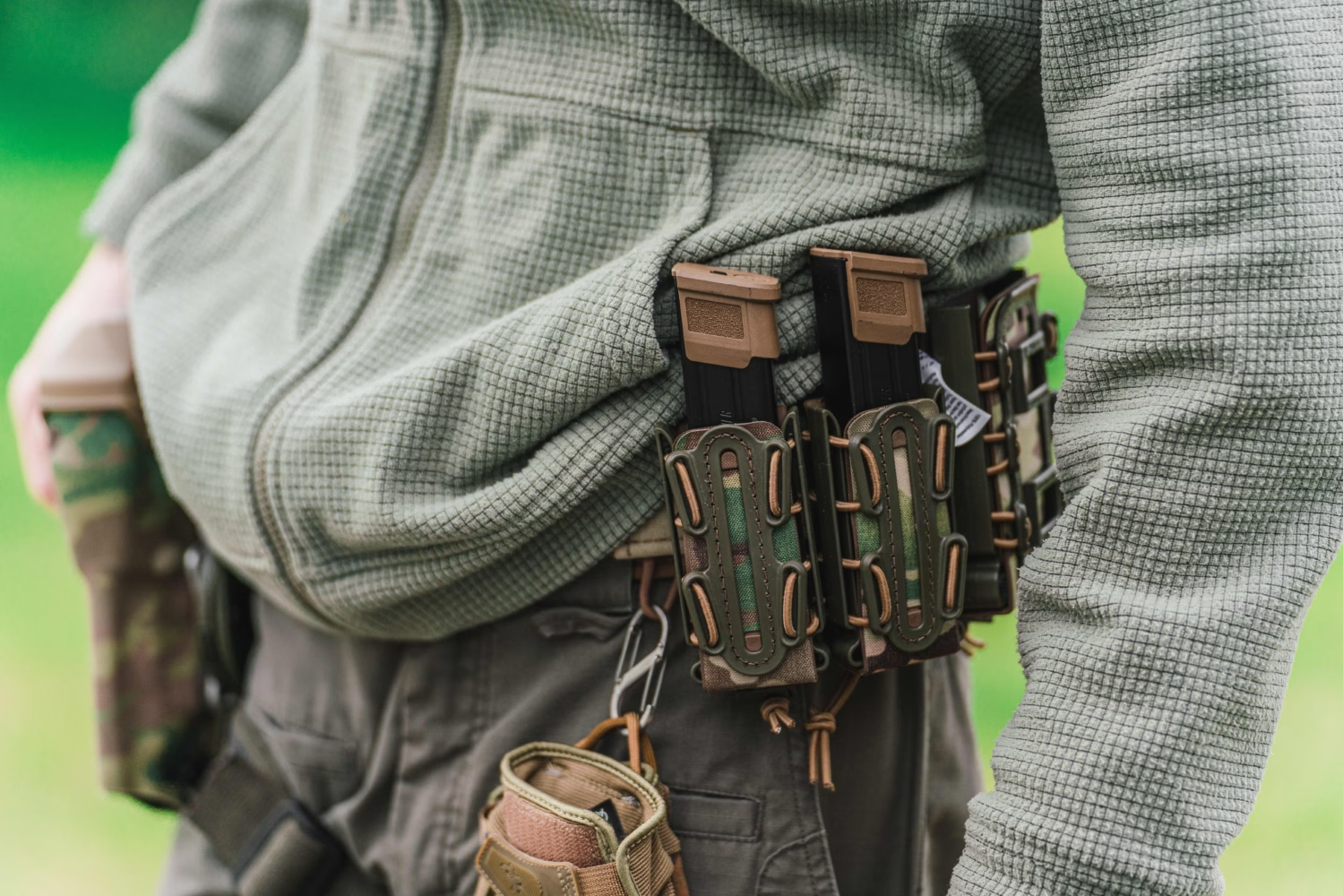
Why Carry A Spare Magazine?
There are two main reasons to carry a spare magazine.
The first, and most commonly debated, is simply to have more ammunition available. Carrying a spare magazine doubles the amount of ammunition you have available to you, which, obviously, could be a substantial boon in a firefight.
However, the reality of personal defense is that there isn’t likely to ever be a firefight. The vast, vast, majority of self-defense incidents involve a handful of rounds fired at a short distance, with the whole affair over in a matter of seconds rather than minutes. It is exceedingly rare that anyone has the time to reload while defending themselves, much less the need to do so.
This is particularly true for modern double-stack firearms, whether compact or larger. If the capacity of your firearm is already measured in double digits, the odds of you needing additional ammunition are vanishingly small. If, on the other hand, you carry a single stack firearm particularly a micro compact one with a capacity of 6 rounds or less, you may want to give the “extra ammunition” argument a bit more weight.
With the advent of modern high-capacity micro-compacts like the Sig Sauer P365 and Springfield Hellcat, though, such low-capacity pistols are becoming rarer and rarer.
The other primary motivator for carrying a spare magazine is to be able to rapidly address a malfunction.
While most modern semi-automatic firearms are exceptionally reliable, and having a malfunction during the one time you most need a functional weapon is extremely unlikely, the fact remains that firearms are machines, and machines do fail. One of the most common causes of failure in a semi-automatic firearm is a defective magazine. It’s one that can be mitigated by starting with a high-quality magazine from the beginning–check out our Magazine Buyer’s Guide if you’re unsure what to look for–but even the finest magazines will wear out eventually.
Magazine-related failures can be caused by numerous factors. A weakened magazine spring can struggle to push the ammo up in time to match the cycling of the slide, resulting in an empty chamber. Damaged feed lips can alter the angle at which the ammo feeds, causing a chambering malfunction. Damaged magazine bodies, aftermarket baseplates, tilted followers—any one of these things can cause a stoppage.
Luckily, the remedy for all of them is to simply replace the magazine. Magazine-related failures represent a significant proportion of firearm malfunctions, and so carrying a spare magazine equips you to quickly and effectively solve a range of different issues.
Moreover, a spare mag can aid in correcting issues even if they are not caused by the original magazine. A stovepipe or double-feed malfunction can sometimes require the magazine to be removed in order to clear it. If you only carry the magazine in your firearm, you’ll have to eject it and either hold it in your hand or stow it in a pocket while you clear the malfunction—neither of which is ideal.
With a spare mag ready to go, you can drop your current magazine onto the ground, clear the malfunction, and reload from your magazine pouch quickly and reliably.
Other tertiary benefits to carrying a spare magazine chiefly relate to concealability and comfort. Spare magazines can help add weight to the offside of your belt, evening out the force exerted on your hips and spine. For many, this balancing effect can alleviate back pain or make carrying more comfortable.
Carrying a spare magazine can also similarly help with concealment. Having one hip larger than the other may be noticeable to anyone paying attention, but by balancing out your firearm with a pistol magazine pouch, you can create an appearance of symmetry. The overall effect is to make you appear wider, but more natural so.
Lastly, many daily appendix carriers find sidecar-style holsters—which integrate a spare magazine carrier into the design—to be more comfortable. While one could carry this style of holster without a spare magazine, there’s really no discernible reason to.
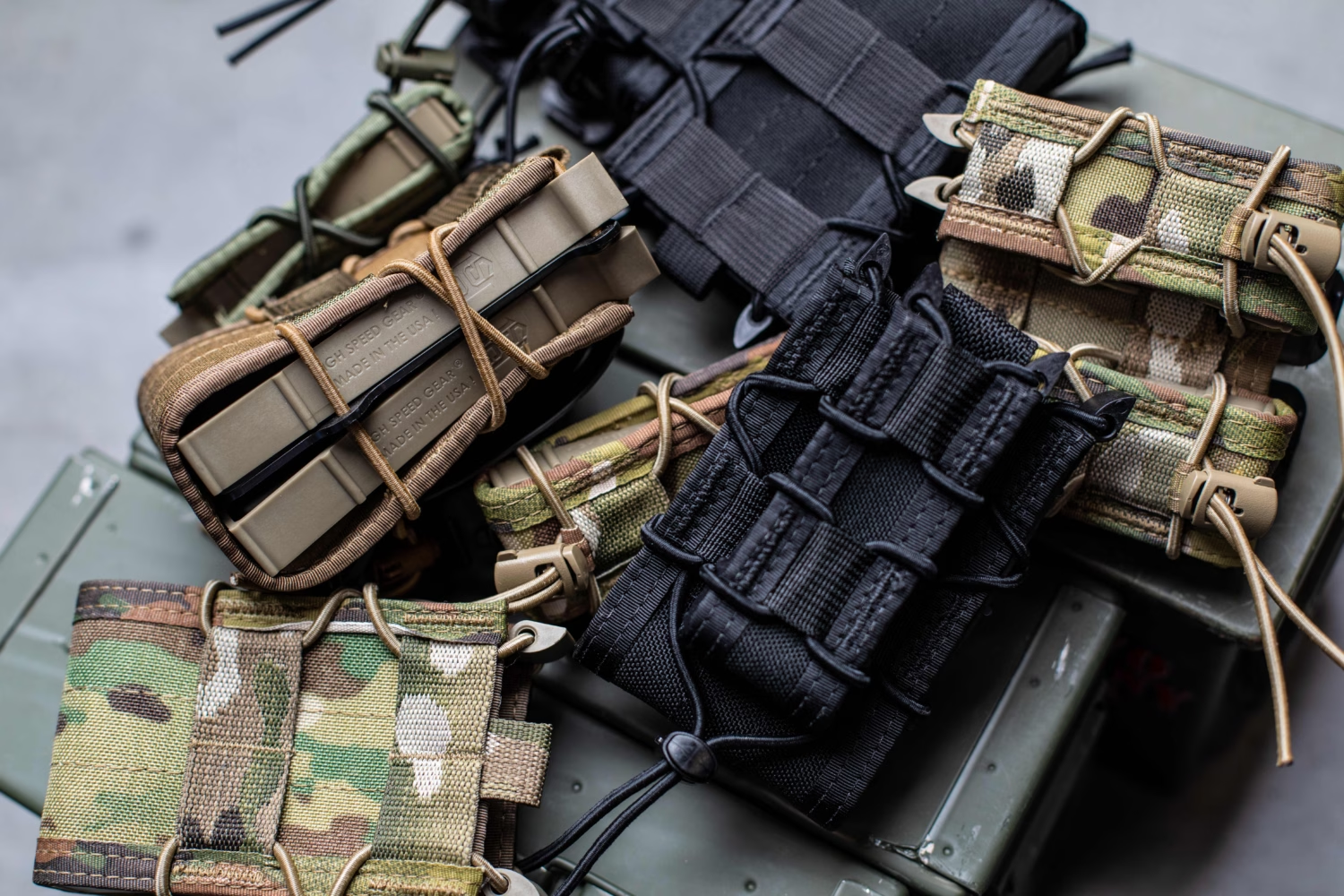
Benefits Of Using A Magazine Pouch
It can be tempting to simply toss a spare magazine in your hip pocket and carry on carrying, but doing so is ultimately self-defeating to the core concept of carrying a spare mag.
As we’ve just covered, a spare magazine is carried for one of two primary reasons. If in the course of defending yourself from a threat you find that your current magazine has run dry, the threat is not going to wait while you dig your magazine out of your pocket and try to figure out which way the bullets are oriented. An emergency reload needs to be executed quickly, and a loose magazine in a pocket is not conducive to a fast reload.
Similarly, if you carry a spare magazine in case of malfunction, it makes little sense to carry it in a loose pocket where lint, loose change, or anything else could work its way into the body and potentially jam its operation. Even if you carry your spare in a dedicated pocket with nothing else in it, carrying an unprotected magazine can very easily result in the rounds in the magazine being worked forward and partially out of the mag by the force of inertia and the surrounding fabric.
Try to jam a magazine with a half-out cartridge into a pistol and you’re as likely to induce a malfunction as solve one.
For all these reasons and more, a magazine pouch is the most appropriate way to carry a spare magazine. A well-made magazine pouch protects the magazine and holds it reliably in a specific location and orientation so that you can reload quickly and effectively. As with rifle magazine pouches, the exact design and materials will vary, but any quality pouch should accomplish these basic goals.
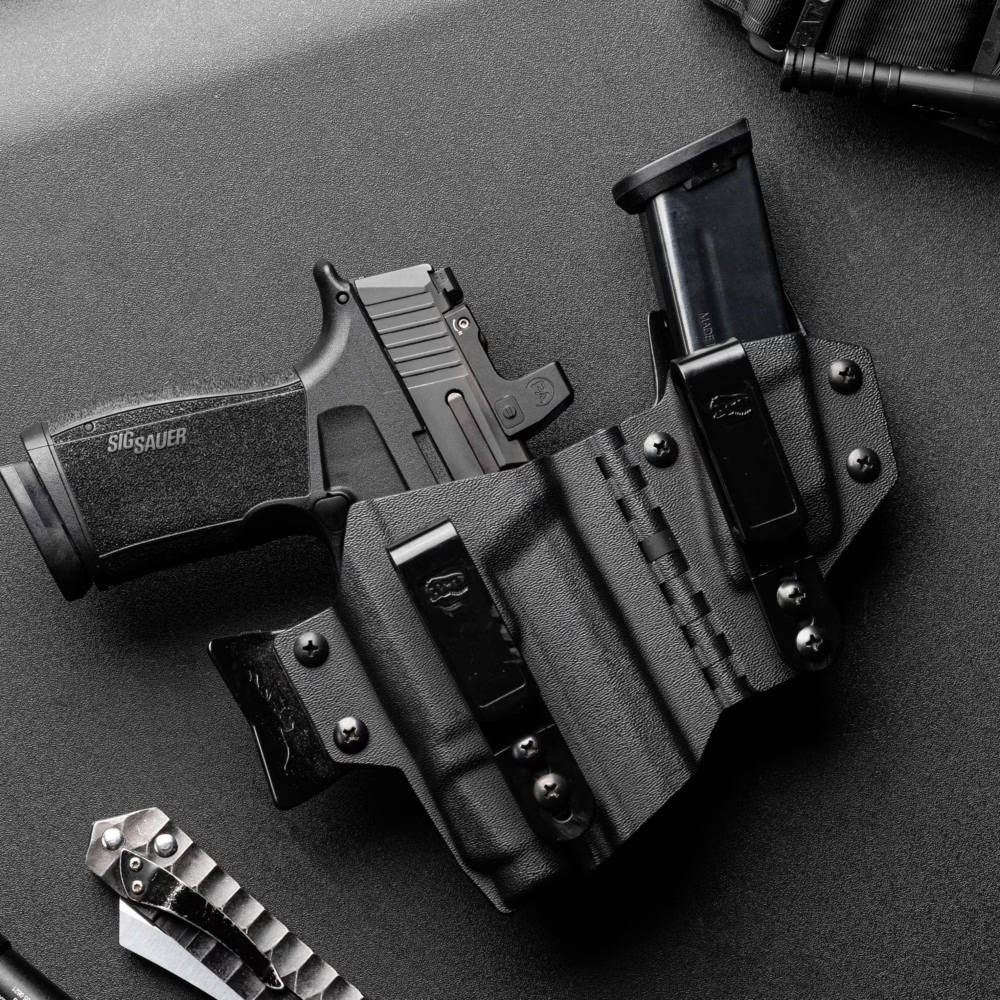
Do You Need A Magazine Pouch?
If you are going to carry a spare magazine, then yes, you need a proper magazine pouch to do so optimally. You wouldn’t carry your gun without a holster, so why treat your magazine with any less care?
Carrying with a magazine pouch enhances comfort, ensures reliable function of the spare magazine, and enables you to execute a fast, practiced reload when you need it.
It’s worth noting that this isn’t necessarily incompatible with pocket carry; there are a number of magazine pouch designs that protect and secure your spare magazine while anchoring it in your offhand pocket.
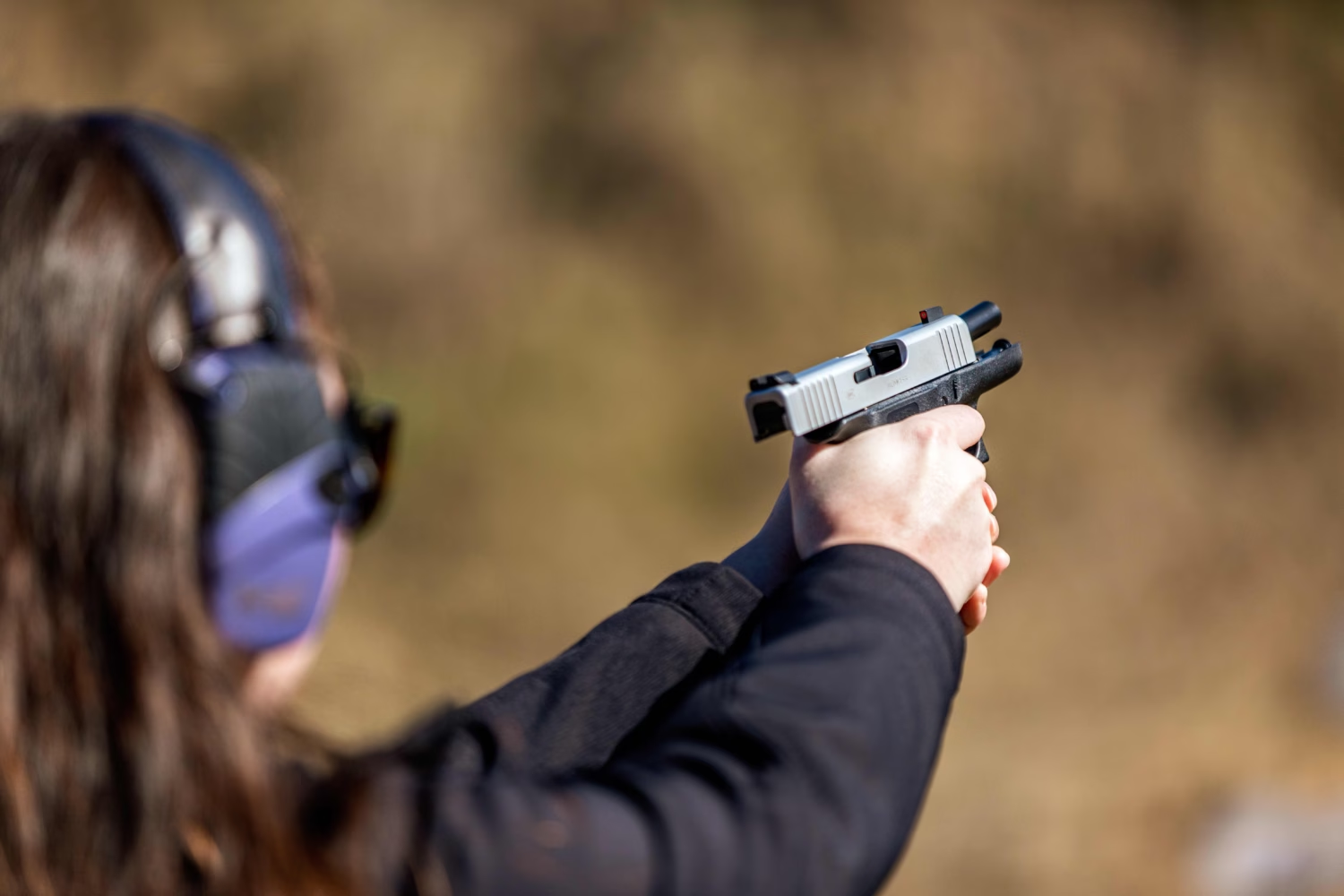
Conclusion
A spare magazine is a worthwhile safeguard against the unexpected, even if it is relatively uncommonly needed. If you’re going to carry one, though, it’s worth carrying it well—meaning in a dedicated magazine pouch designed for the task.
